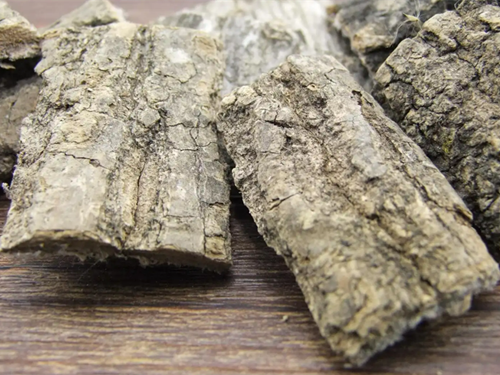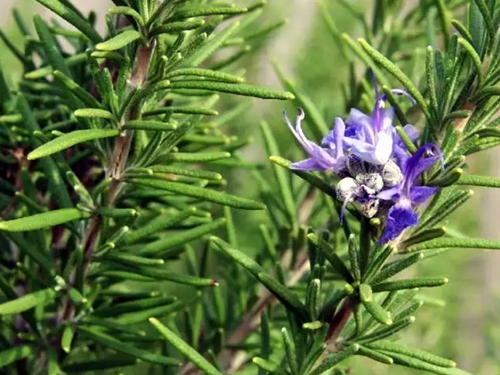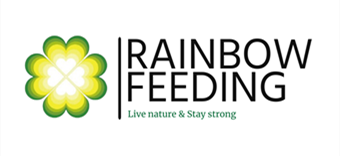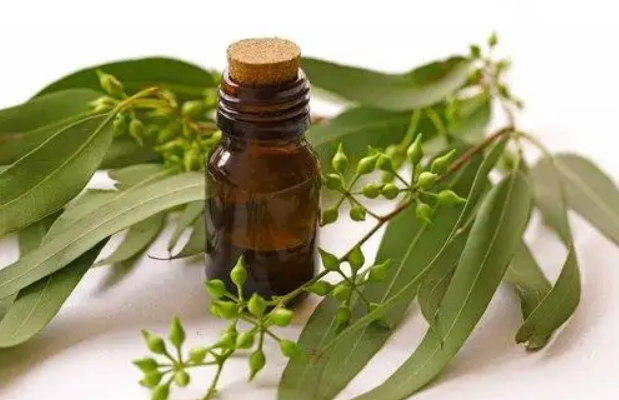Which Herb Extract Can Be Used For Feeding?
We know that some natural plants can be used for feeding, including some plant powder raw materials and their extracts, for example, both of licorice raw material powder and licorice crude extract can be used as feeding addictive. The main functional active components of plants for feeding are secondary metabolites synthesized in the natural growth process of plants, such as alkaloids, polyphenols, volatile oils, flavonoids, plant polysaccharides, organic acids, saponins, etc. Different plants have different active ingredients, and often a variety of the same type of active ingredients with similar functions, so feed plant extracts generally have a variety of functions. These plant extracts for feeding are from rich sources like Eucommia ulmoides, echinacea, pomegranate peel, mugwort leaves, schisandra chinensis, oregano, Mulberry leaf, honeysuckle extract, rosemary extract, and so on. They are often used for feeding in the form of additives, which are used for the purposes of anti-microbial, anti-oxidation, growth promotion, prevention and treatment of diarrhea, strengthening immunity, improving intestinal health and so on.
Essential oil (EO)
Plant essential oil is a kind of secondary metabolites synthesized during the natural growth of plants. It has a special aroma and is mostly oily liquid at room temperature with certain volatility. The composition of plant essential oil is complex, mostly a mixture of dozens of substances, mainly including terpenes, aromatic compounds, aliphatic compounds and nitrogen and sulfur compounds 4 basic components. Plant essential oil generally has the functions of feeding induction, anti-oxidation, anti-microbial, improving immunity, improving digestion and so on. It is widely used in livestock and poultry production to promote animal growth and improve animal health. The results show that supplementation of different plant essential oils (100~300 mg/kg) in broilers can achieve the same growth performance as Virginiamycin (20 mg/kg), and can promote the development of duodenal villi of broilers.
In these experimental studies, weaned piglets were fed diets supplemented with compound plant essential oil (200 mg/kg) consisting of 3% eucalyptus essential oil, 2% parsley essential oil, 0.5% thyme essential oil, 0.1% lemon essential oil, 0.1% garlic essential oil, and 5% peppermint essential oil. Compared with the diet supplemented with antibiotics (96 mg/kg Taymycin fumarate +75 mg/kg aureomycin +200 mg/kg guitamycin), the average daily gain, feed intake, feed/meat ratio, diarrhea rate and death rate of piglets were significantly increased. Studies showed that supplementation of oregano essential oil (100 mg/kg) or rosemary essential oil (100 mg/kg) or oregano & rosemary combination essential oil (100 mg/kg) and supplementation of Avilamycin (44 mg/kg) had no significant difference in the growth performance of broilers (Mathlouthi). Another study showed that 200 mg/kg of oregano, cinnamon and pepper compound essential oils in broilers’ diets had the same growth performance as 10 mg/kg of colistin sulfate. There was no significant difference in weight gain and feed intake of broilers supplemented with 125 mg/kg oregano, fennel and citrus peel complex plant essential oil compared with 100 mg/kg oxytetracycin, and the ratio of feed to meat was significantly decreased during the whole period (Hernandez).
Eucommia ulmoides Extract

Eucommia Bark
Eucommia ulmoides is a traditional Chinese herb used for both edible and medicinal purposes, mainly from leaves and bark. Eucommia ulmoides leaves are rich in natural active ingredients, such as chlorogenic acid, Eucommia ulmoides flavone, Eucommia ulmoides polysaccharide, etc. Eucommia ulmoides leaves and their extracts have anti-oxidation, anti-microbial, anti-inflammation, anti-stress, immune enhancement and other functions. They are widely used in feed instead of antibiotics. The results showed that the dietary supplementation of Eucommia ulmoides extract (crude extract 2 500 mg/kg) and flavorin (50 mg/kg) significantly increased the weight gain and significantly decreased the feed/meat ratio of Sanhuang chickens. , white feathered broilers supplemented with 0.1% Eucommia ulmoides leaf powder and monencin premixed respectively had no significant difference in the growth performance of broilers during the whole feeding period, and Eucommia ulmoides leaf powder improved the immune capacity of broilers and reduced the death and cull rate of broilers during the whole period.
Eucommia Ulmoides leaf extract (250 mg/kg) can achieve the same growth performance as aureomycin (50 mg/kg) in the diet of weaned piglets, and Eucommia ulmoides leaf extract can improve the anti-inflammation and anti-oxidative stress ability of liver and improve the meat quality of piglets. The results were better than dry powder and fermented Eucommia ulmoides leaves.
Mulberry Leaf Extract
Morus alba is the leaf of Morus alba L. Its fruit is edible and its leaves and twigs are used as a source of forage extract. Mulberry leaves are rich in crude protein and amino acids and can be used as protein feed materials. At the same time, the extract of mulberry leaves also contains rich flavonoids, polysaccharides, alkaloids and polyphenols. In recent years, it has been added to feed as an alternative to antibiotics to promote animal growth, improve antioxidant capacity, enhance disease resistance and improve meat quality. Compared with aureomycin (150 mg/kg), there was no significant difference in the growth performance of early weaned piglets supplemented with mulberry leaf polysaccharide extract (600 mg/kg). The diarrhea rate and serum urea nitrogen concentration of piglets in mulberry leaf polysaccharide extract group were significantly decreased, the number of intestinal Escherichia coli was decreased, and lactobacillus and bifidobacteria were increased. The results showed that the supplementation of β-glucan (5 g/kg) extracted from mulberry leaves had no significant difference in the growth performance and dietary nutrient digestibility of weaned piglets at 42 days compared with Takamistin (39 mg/kg) [Serpunja et al.].
Honeysuckle extract
Honeysuckle is the dry bud or initial flower of the Lonicera japonica in the Caprifoliaceae family. Honeysuckle is rich in organic acids, flavonoids, volatile oils, triterpenoid saponins and iridoid glycosides. The main components are luteolin, isochlorooxalic acid and chlorogenic acid, which have the effects of antipyretic, antioxidant, anti-inflammatory, bacteriostasis and immune enhancement. Dietary chlorogenic acid extract of honeysuckle can improve the growth performance of mycoplasma infected broilers, and the effect is comparable to that of taloxistin tartrate. The laying performance and egg quality of laying hens can be improved by adding honeysuckle extract to their diet. The mixed feed of honeysuckle and scutellaria scutellaria extract can greatly improve the growth performance and nutrient digestibility of finishing pigs.
Rosemary Extract

Other plants with similar uses include echinacea, pomegranate peel, mugwort leaves, schisandra chinensis, oregano, cinnamon, pepper extracts, etc. They can be used alone or in a synergistic combination. These plants and their extracts can be used to replace synthetic antibiotics in livestock, chickens, ducks, aquatic products, horses and rabbits. At present, the search for safe and effective substitutes for feeding antibiotics has become a global research hotspot, and these plants and their extracts have the advantages of rich resources, natural, medicinal function, safety, not easy to produce drug resistance, no (low) residue and other advantages, which is one of the ideal substitutes for feeding antibiotics in animal production.



